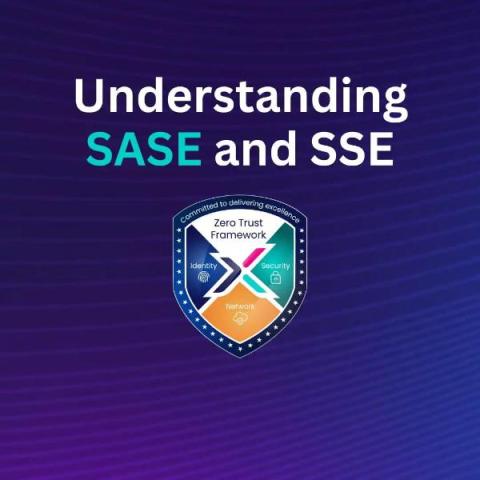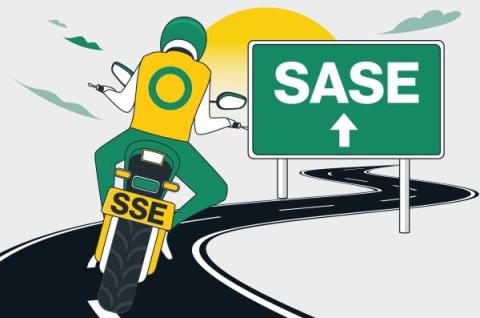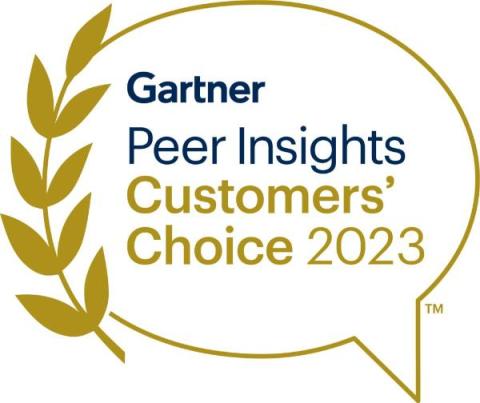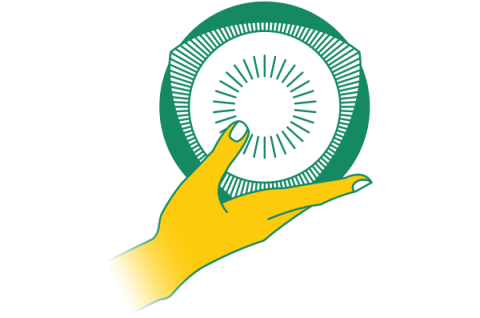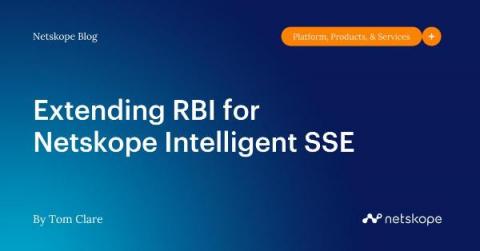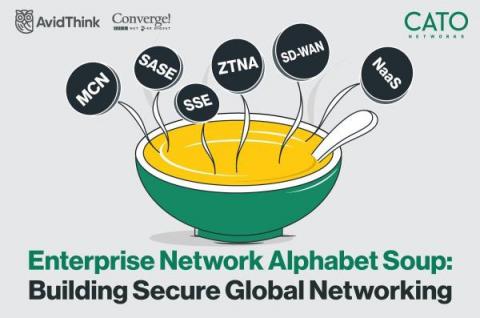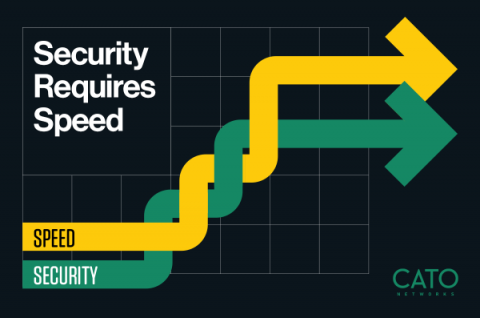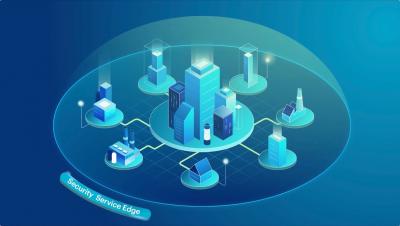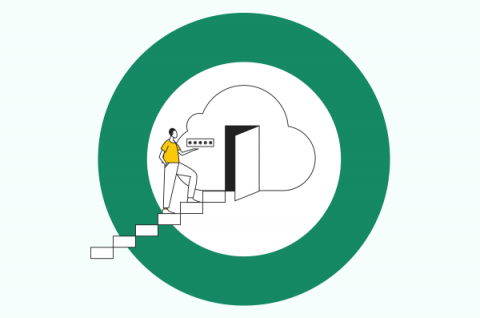Security | Threat Detection | Cyberattacks | DevSecOps | Compliance
SSE
SSE Is a Proven Path for Getting To SASE
Modern enterprise complexity is challenging cybersecurity programs. With the widespread adoption of cloud services and remote work, and the broadening distribution of applications and employees away from traditional corporate locations, organizations require a more flexible and scalable approach to network security. SASE technology can help address these issues, making SASE adoption a goal for many organizations worldwide. But adoption paths can vary widely.
Netskope Named a 2023 Gartner Peer Insights Customers' Choice for Security Service Edge
Customers are our number one priority at Netskope, and it’s our job to inspire their confidence and trust, especially when it comes to major technology architecture shifts like Security Service Edge (SSE) and SASE, and the need to apply zero trust principles to every interaction with data. With that in mind, we are excited to announce that Netskope has been recognized as a Customers’ Choice in the 2023 Gartner Peer Insights “Voice of the Customer”: Security Service Edge.
Essential steps to evaluate the Risk Profile of a Secure Services Edge (SSE) Provider
Businesses have increasingly turned to Secure Services Edge (SSE) to secure their digital assets and data, as they undergo digital transformation. SSE secures the network edge to ensure data privacy and protect against cyber threats, using a cloud-delivered SaaS infrastructure from a third-party cybersecurity provider. SSE has brought numerous advantages to companies who needed to strengthen their cyber security after undergoing a digital transformation.
Extending RBI for Netskope Intelligent SSE
Remote browser isolation (RBI) has its merits for safe access to risky websites and uncategorized content, plus newly registered, observed, and parked domains. Each user gets a remote container where website code and scripts execute so no malware can infect endpoint devices, while also preventing cross-site scripting, web-based attacks, and phishing prevention.
The New Network Dictionary: AvidThink Explains SASE, SD-WAN, SSE, ZTNA, MCN, and NaaS
The enterprise networking and security market has seen no end to terms and acronyms. SASE, of course, is chief among them, but let us not forget SD-WAN, SSE, ZTNA, and Multi-Cloud Networking (MCN). Then we get into specific capabilities like CASB, DLP, SWG, RBI, FWaaS, and micro-segmentation. This alphabet soup of jargon can confuse even the most diligent and capable CISOs and CIOs, especially when vendors continually redefine and reclassify each category to fit their needs.
Security Requires Speed
For as long as anyone can remember, organizations have had to balance 4 key areas when it comes to technology: security efficacy, cost, complexity, and user experience. The emergence of SASE and SSE brings new hope to be able to deliver fully in each of these areas, eliminating compromise; but not all architectures are truly up to the task. SASE represents the convergence of networking and security, with SSE being a stepping-stone to a complete single-vendor platform.
SASE is not SD-WAN + SSE
SASE = SD-WAN + SSE. This simple equation has become a staple of SASE marketing and thought leadership. It identifies two elements that underpin SASE, namely the network access technology (SD-WAN) and secure internet access (Security Service Edge (SSE)). The problem with this equation is that it is simply wrong. Here is why. What is missing from the equation? The answer is: a cloud network.
Security Service Edge (SSE) Explained
Achieving Zero Trust Maturity with Cato SSE 360
Trust is a serious issue facing enterprise architectures today. Legacy architectures are designed on implicit trust, which makes them vulnerable to modern-day attacks. A Zero Trust approach to security can remedy this risk, but transitioning isn’t always easy or inexpensive. CISA, the US government’s Cybersecurity and Infrastructure Security Agency, suggests a five-pillar model to help guide organizations to zero trust maturity.


